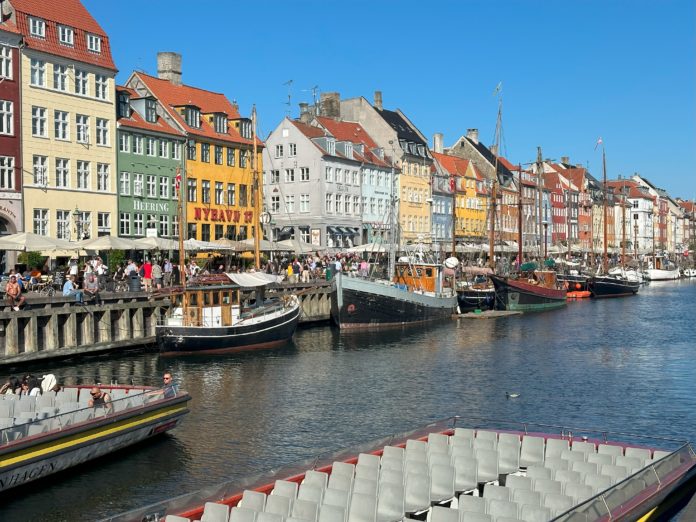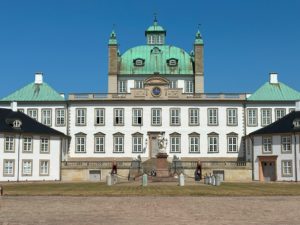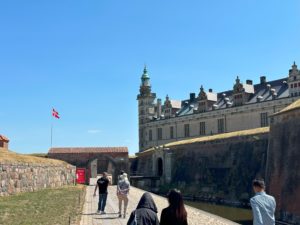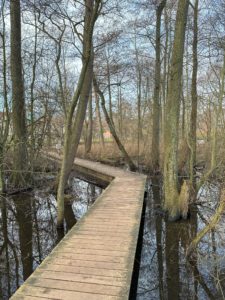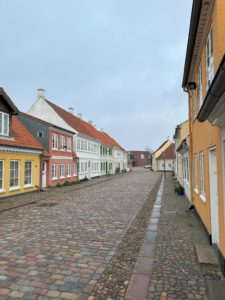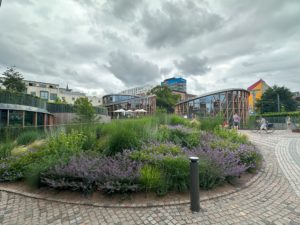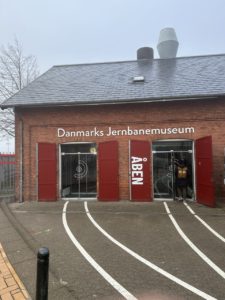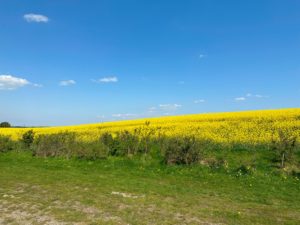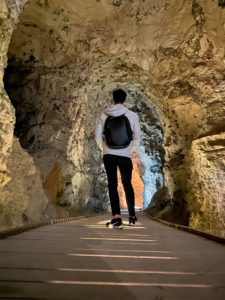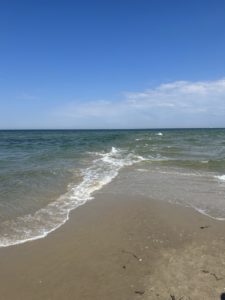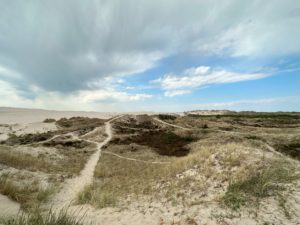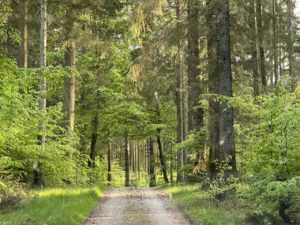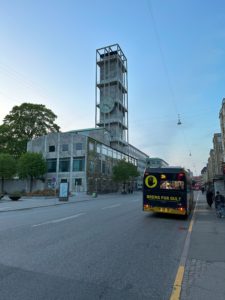A common mistake among visitors to Denmark is assuming its capital, Copenhagen, is the only location worth exploring. This assumption overlooks the diverse sights and settings that can be found in the rest of Denmark.
Metropolitan Denmark has three main land masses: the island of Zealand, the island of Funen and the peninsula of Jutland.
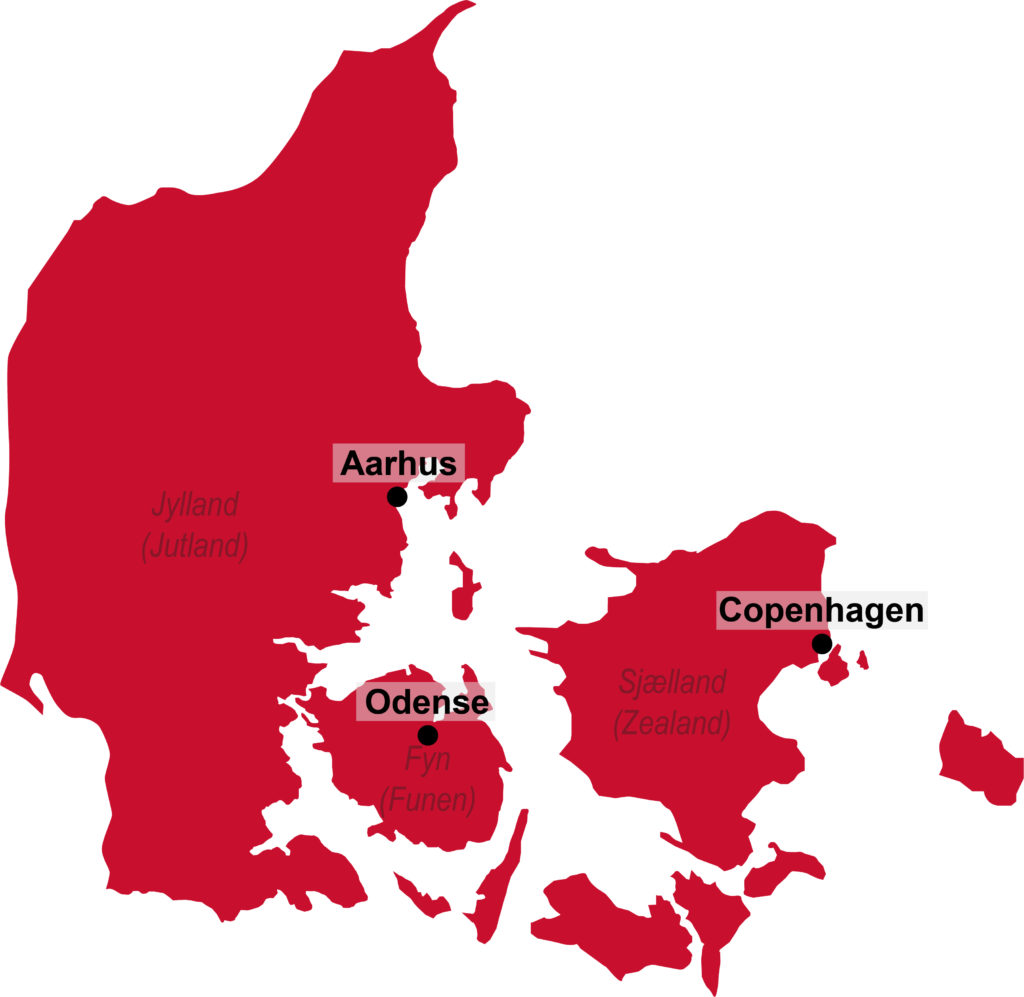
ZEALAND (SJÆLLAND)
Among the three, Zealand is the easternmost island and Copenhagen is situated on its eastern shores. There are multiple castles an hour’s drive from the city such as Frederiksborg Castle, Kronborg Castle, and Fredensborg Palace. The latter is sometimes occupied by the Danish Royal Family as a summer home. There are also smaller towns like Rosklide, where music festivals are held, and Viking museums are opened.
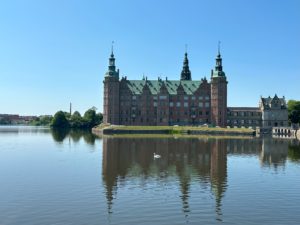
|
|
|
FUNEN (FYN)
Funen is where the quaint city of Odense is located. It is Denmark’s third largest city and acts as the country’s geographical center.
Odense is home to the main campus of the University of Southern Denmark, our partner institution. It markets itself as a ‘fantastical city’ because of Danish writer Hans Christian Andersen, who was born there and famous for his fairytales such as the Ugly Duckling and The Little Mermaid. Points of interest such as the Danish Railway Museum, Hans Christian Andersen Museum, Munke Mose park are all within walking distance from the city centre. There are also seaside towns on Funen like Svenborg and Middelfart on the southeast and western coast respectively that are a thirty minutes’ drive away.
|
|
|
|
|
|
JUTLAND (JYLLAND)
Jutland arguably has the most diverse sights in Denmark, consisting of forests, coastlines, caves, sand dunes and flower fields. Denmark’s second largest city, Aarhus, is found on the peninsula’s eastern shoreline, renowned for its contemporary arts and design landscape and for being the birthplace of Danish rap culture.
The Lego Company and Legoland amusement park are also based in Jutland, near the small town of Billund. Additionally, Billund has the country’s second largest airport, serving as a popular destination for European low-cost carriers and travelers who wish to avoid the busier Copenhagen airport. Furthermore, those who are feeling adventurous could even travel southwards and cross the border to explore the northern regions of Germany.
|
|
|
|
|
|
|
|
|
In summary, if you are visiting Denmark, I highly recommend organizing a road trip during the summer to explore the outskirts.




















